ABCs of Office Lease Rates for Tenants
Are you a tenant looking for new office space to lease? Perhaps you've had some attractive offers from potential landlords promising everything from new paint to a custom lunch room—don't be fooled into thinking these "extras" or "upgrades" are a bonus because as the tenant, the question is not whether you'll pay for them, but how.
Landlords are not charities and rarely are markets soft enough that a landlord would be willing to take a loss simply to attract tenants. Any upgrades or extras to the premises negotiated during the lease signing will, ultimately, be paid for by the tenant through the office lease rate. As a tenant, you will pay a Net or Basic rent based on the square footage of the office space you are leasing. Understanding how a landlord arrives at the Net or Basic rent and how this differentiates from a Tenant Improvement Allowance is crucial information you need as a tenant to ensure your interests are fairly represented during lease negotiations.
Keep reading to learn the basic terms every tenant should know before signing any lease, and helpful tips to help you strengthen your negotiating position.
Net or Basic Rent vs Tenant Improvement Allowances
Net or Basic Rent: The amount of rent paid each month by a tenant to his or her landlord.
Tenant Improvement Allowance: Money paid by the landlord to his or her tenant to complete improvements to the leased space for an amount agreed upon during negotiations.
In the most basic definition, a Net or Basic rent is paid by the tenant and a Tenant Improvement Allowance is paid by the landlord. In both cases, the tenant will pay eventually for any improvements made to the premises for his or her benefit.
Consider the lease of a 10,000 square foot office space, where $300,000 of improvements were agreed upon during lease negotiations. A tenant offered a Tenant Improvement Allowance of $300,000 may think that they are somehow getting a deal in that the landlord will be paying for the requested improvements, but the truth is that whether Net or Basic rent or Tenant Improvement Allowance, it is ultimately the tenant footing the bill.
Net or Basic Rent + Tenant Improvement Allowance
In the scenario above, the per-square-foot cost to lease the premises per annum is $18.00 including a tenant improvement allowance of $30.00 per square foot. This allows the tenant to spend up to $300,000 per year on leasehold improvements to the premises; however, unless the landlord is incompetent or hasn't received proper advice from his or her commercial real estate agent, that tenant improvement allowance will already be built into the $18.00 per square foot lease rate, which means any money spent by the tenant is already being repaid as part of his or her ongoing monthly lease payments.
Adjusted Net or Basic Rent
Another way a landlord may choose to pay for the $300,000 in leasehold improvements is to amortize the amount over the term of the lease and add that amount to the Net or Basic rent. In this scenario, the lease rate without any improvement allowances is $12.00 per square foot per annum. Using a discount rate of 8% and a lease term of five (5) years, our $300,000 improvement cost works out to $7.30 per square foot per annum. This cost is then added to the Net or Basic rent for a total of $19.30 per square foot per year that the tenant will pay.
Net Effective Rates (NER)
Whether a landlord chooses to offer a Tenant Improvement Allowance or increase the Net or Basic rent, there will always be a "magic" number he or she is looking to achieve after allowing for tenant incentives, and that number is known as the Net Effective Rate (NER).
Essentially, enticements like free rent, tenant improvement allowances, moving allowances, and real estate fees are all components of the NER calculation. For example, if the landlord's predetermined NER goal is $10.00 per square foot but the Net Rent is $15.00 per square foot and the total of all inducements, allowances and fees offered to the tenant equal $45.00 per square foot based on a five (5) year lease term, the NER will work out to only $7.00 per square foot. In this case, the landlord would then aim to increase the Net Rent to cover the shortfall.
The Bottom Line for Tenants
Suffice to say, most, if not all, landlords will have done their NER math before putting together any special enticements; as a prospective tenant, it won't be a matter of if you'll be paying for those enticements but rather when and how.

